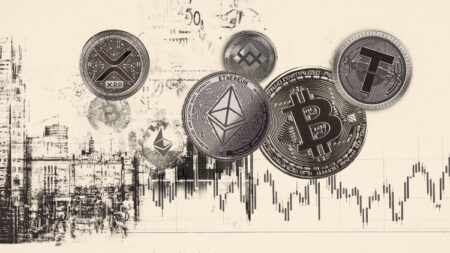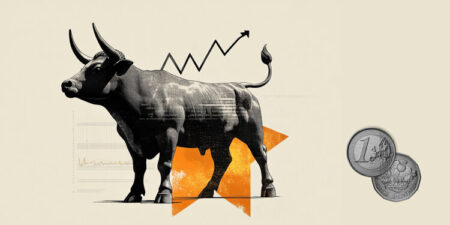- The Pound Sterling drops across the board as UK GDP and Industrial Production figures disappoint.
- UK exports to the US saw their largest monthly decline in record, despite the UK-US trade deal.
- Weak UK data has boosted expectations of further BoE easing.
The Pound accelerates its reversal against the Japanese Yen and is nearing the bottom of the last week’s trading range, at 194.70 hammered by downbeat UK monthly GDP and manufacturing production figures.
Higher taxes and Trump’s tariff turmoil hit the UK economy in April, and the GDP shrank at a 0.3% pace, its worst monthly performance since October 2023. These figures exceed the 0.1% contraction forecasted by the experts and reverse the 0.2% and 0.5% increases in March and February.
Weak data boosts BoE cuts hopes
Apart from that, Manufacturing Production contracted 0.9%, beyond the 0.8% expected, and Industrial Production fell 0.6%, also outpacing the market forecasts of a 0.5% decline. April’s trade deficit widened to 23.20 billion GBP from less than 20 billion GBP in March
The US-UK trade deal has failed to avoid a record monthly fall in exports to the United States. UK businesses have been forced to lay off employees and postpone investment decisions, hit by higher tariffs in the US.
These figures point to a weak GDP growth in the second quarter, which, coupled with the higher unemployment figures seen on Tuesday, have boosted hopes of further BoE easing. Futures markets are pricing about two more rate cuts before the end of the year.
GDP FAQs
A country’s Gross Domestic Product (GDP) measures the rate of growth of its economy over a given period of time, usually a quarter. The most reliable figures are those that compare GDP to the previous quarter e.g Q2 of 2023 vs Q1 of 2023, or to the same period in the previous year, e.g Q2 of 2023 vs Q2 of 2022.
Annualized quarterly GDP figures extrapolate the growth rate of the quarter as if it were constant for the rest of the year. These can be misleading, however, if temporary shocks impact growth in one quarter but are unlikely to last all year – such as happened in the first quarter of 2020 at the outbreak of the covid pandemic, when growth plummeted.
A higher GDP result is generally positive for a nation’s currency as it reflects a growing economy, which is more likely to produce goods and services that can be exported, as well as attracting higher foreign investment. By the same token, when GDP falls it is usually negative for the currency.
When an economy grows people tend to spend more, which leads to inflation. The country’s central bank then has to put up interest rates to combat the inflation with the side effect of attracting more capital inflows from global investors, thus helping the local currency appreciate.
When an economy grows and GDP is rising, people tend to spend more which leads to inflation. The country’s central bank then has to put up interest rates to combat the inflation. Higher interest rates are negative for Gold because they increase the opportunity-cost of holding Gold versus placing the money in a cash deposit account. Therefore, a higher GDP growth rate is usually a bearish factor for Gold price.
Read the full article here
















